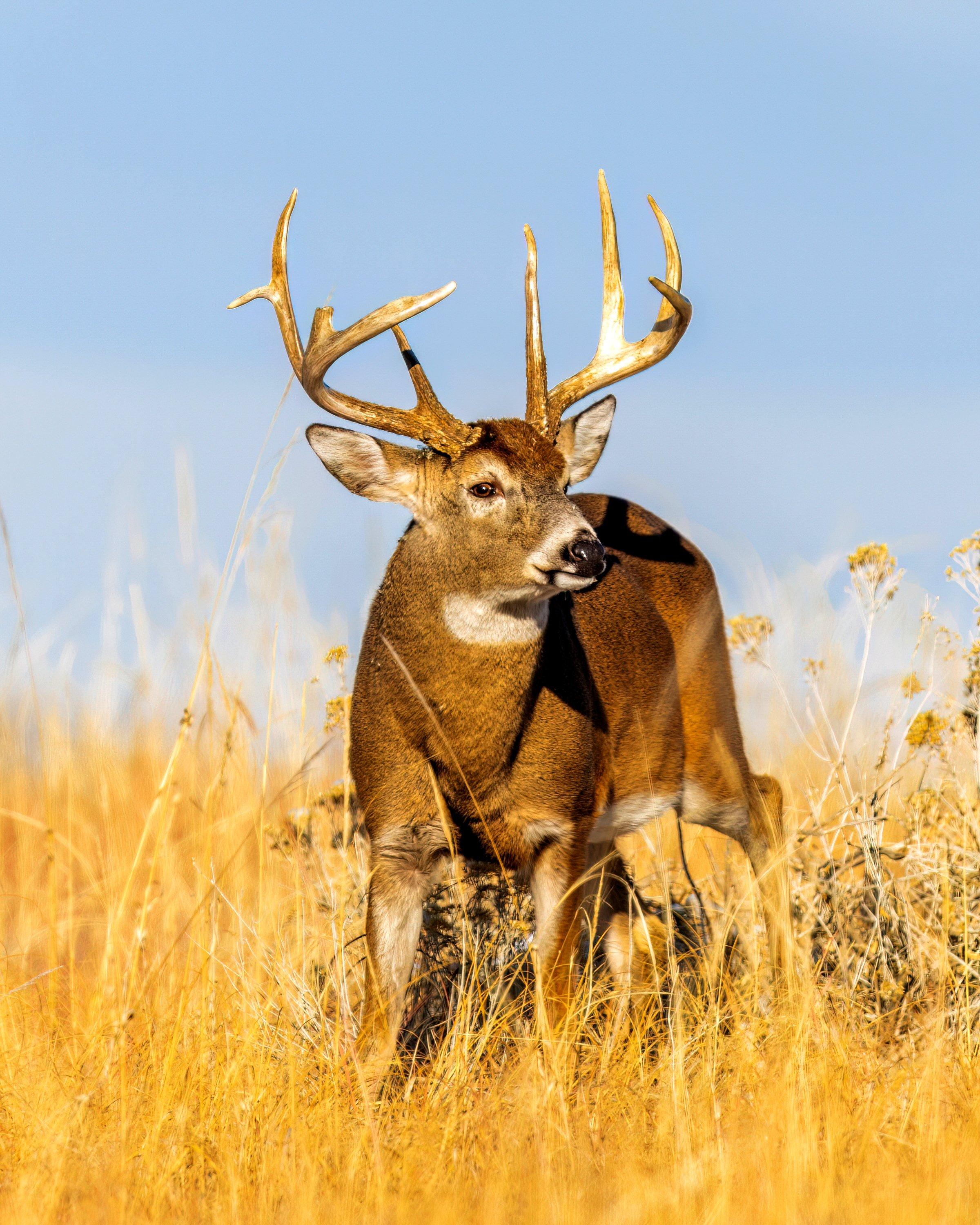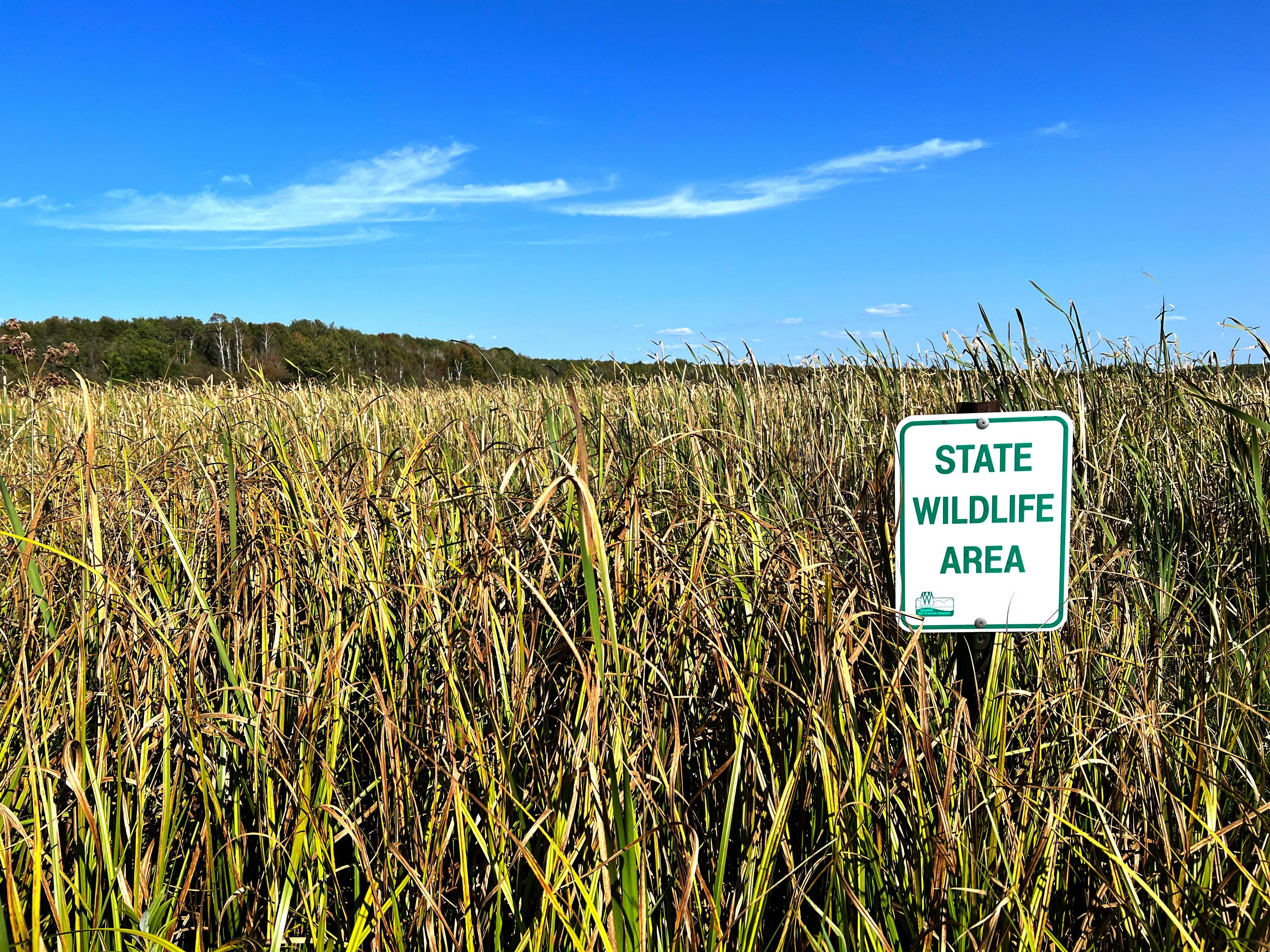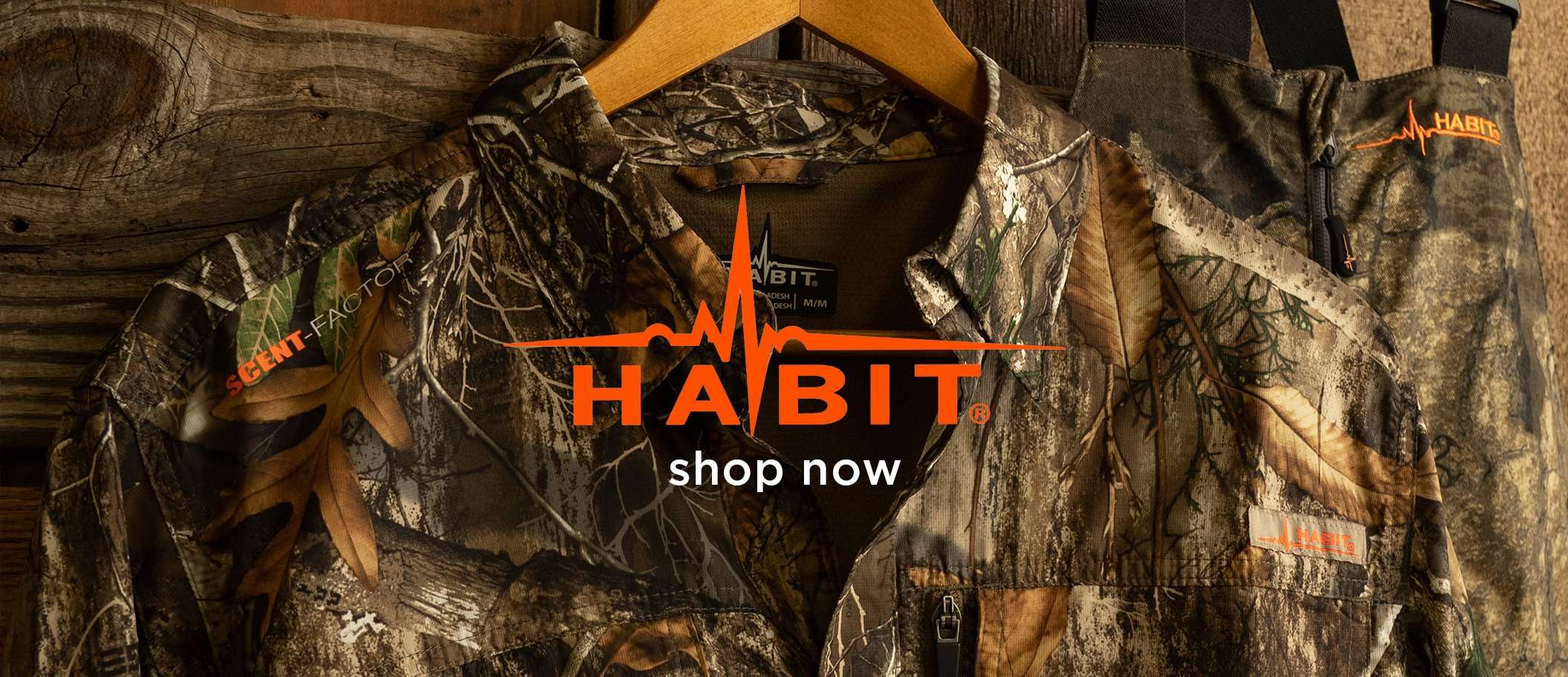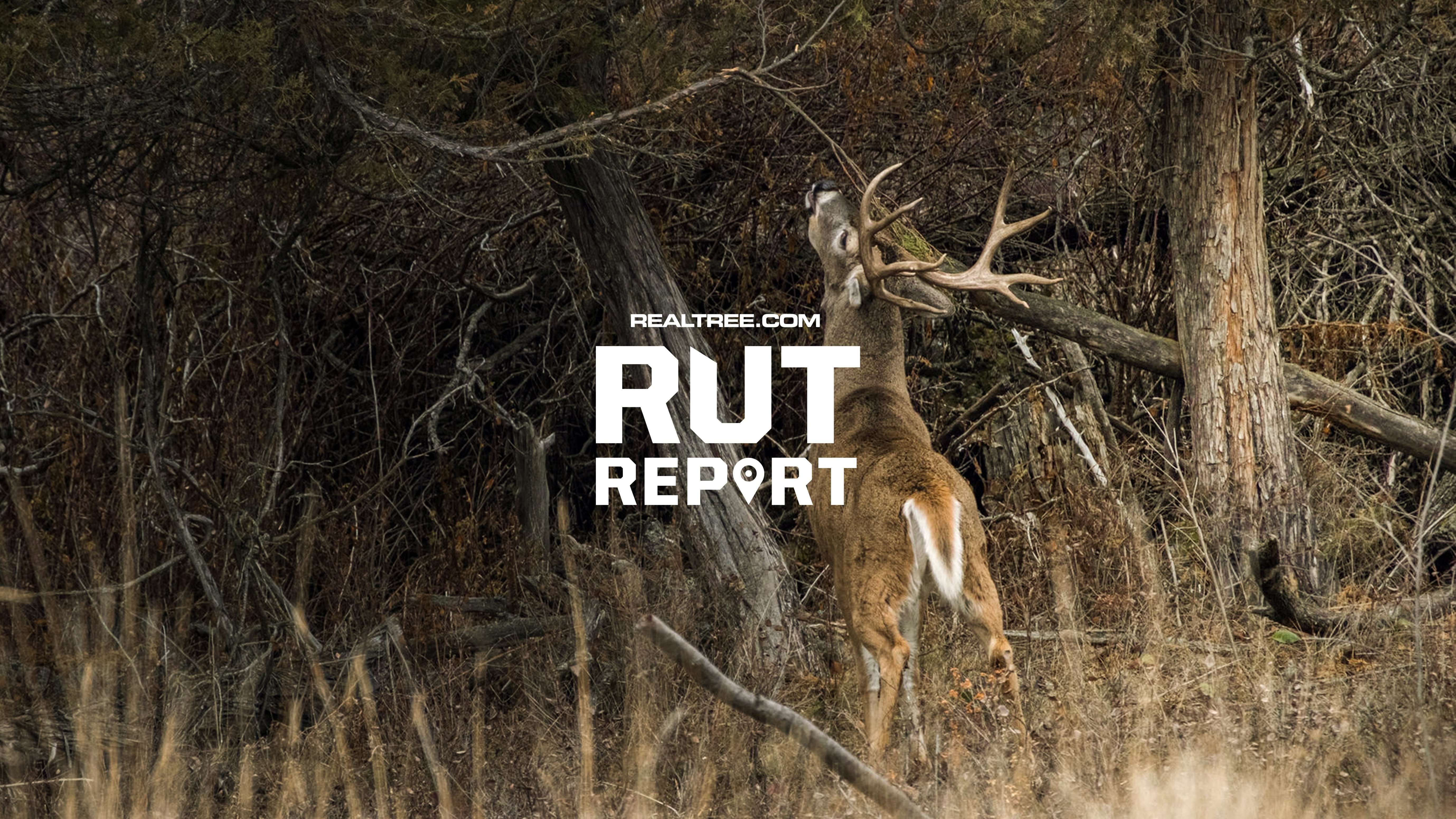Public-land hunting opportunities abound across the country, but you'll find the most freedom to roam in these spots

Just about every state with a huntable whitetail population offers public-land hunting, but Michigan, Minnesota, Wisconsin, and Maine lead the pack in acreage. Photo by Thomas Torget.
In whitetail hunting, few things rival the feeling of harvesting a big, mature buck on land open to all licensed hunters and everyday recreational enthusiasts. I’ve experienced that feeling multiple times, but one hunt stands out.
I had hung a stand along a river bottom amidst lots of oak trees. When I hunted it, another hunter was set up 10 yards away. We had never met, and awkwardly, we both hunted that morning, only 10 yards apart. We didn’t see any deer, and after we were done hunting, we visited for a few moments. Then, I pulled my setup and lugged it even deeper into the parcel, where I repositioned it.
Little did I know that the next morning, I would kill the buck of my life. But when a hot doe emerges on Nov. 10, anything can happen. My buck would’ve gone 158 to 160 inches had he not broken off both brow tines, but I was still pleased.
If you crave a similar public-land hunting adventure, why not aim for a state that has lots of room? Here are four such states.
MICHIGAN
Michigan leads the public-land pack with more than 10 million public acres. Nonresident hunters can purchase licenses over the counter. A required base license runs $151. A deer license runs $20, and the deer combo license, which includes two deer licenses, costs $190.
DON’T MISS: Stealthy Setup Nets Opening Day North Dakota Velvet Buck
Michigan’s Lower Peninsula is home to the Manistee National Forest — a gateway to public-land deer hunting, with almost 540,000 acres. For perspective, the land area is about 40 miles by 70 miles. It also isn’t contiguous, meaning there are satellite parcels detached from the main chunks. Additionally, the Lower Peninsula has state forests, DNR-managed parcels, and the colossal Huron National Forest.
In the Upper Peninsula’s western sector, check out the Ottawa National Forest, which covers more than 1.5 million acres. Head east and you’ll find the Hiawatha National Forest, which is more than 800,000 acres. Like the Lower Peninsula, the Upper Peninsula has state forests and DNR-managed parcels, too.
Although Michigan isn’t a big trophy whitetail state, it has produced 78 Boone and Crockett entries in the past 10 years, and Michigan hunters run a pretty high success rate on deer at almost 50 percent.
MINNESOTA
The Land of 10,000 Lakes comes in second with about 9.5 million public acres. Prospects for a trophy buck are considerably better here than in Michigan. For comparison, Minnesota hunters have registered 264 bucks in the Boone and Crockett Club’s Record Book the past 10 years.
Historically, St. Louis County was the top producer of Boone and Crockett-class bucks, but in the past decade, Otter Tail County has produced the most entries. St. Louis County teems with public land via the gigantic Superior National Forest. Otter Tail County has less public access to a handful of wildlife management areas.
Check Out Our Latest Camo Pattern: Realtree APX
The Whitewater WMA, southeast of the Twin Cities in the Driftless Area, is another popular place This is bluff country mixed with agriculture and prairie, and it holds large bucks. Expect hunting pressure to be intense on weekends. But with about 27,400 acres, you should be able to evade the pressure.
Nonresidents can purchase a deer license over the counter for $185, and youth hunters 13 to 17 pay only $5. A walk-in access validation is $3.
WISCONSIN
My home state is third on the list with more than 7.5 million public acres. A nonresident first-time buyer pays $99.75 for a deer license, and a regular nonresident deer license goes for $200. Tags can be purchased online or at license vendors.
Public lands are well dispersed across the Badger State, though you’ll find minimal access in big-buck hotspots such as Buffalo County and the Wittenberg and Tigerton areas. Still, public-land hunters tag lots of deer, including some good ones.

Hunters can stretch their legs on more than 7.5 million public acres in the Badger State. Photo courtesy of Darron McDougal.
The North Woods provides more opportunity, with lots of public-land access, but it holds fewer animals and has below-par antler genetics. In the northeastern part of the state, you’ll find the Nicolet National Forest, which sprawls across more than 661,400 acres. In the northwestern region lies the 858,400-acre Chequamegon National Forest.
The DNR manages many state-owned parcels across the state, such as the 34,000-plus-acre Meade Wildlife Area in central Wisconsin between the population centers of Stevens Point and Wausau. It has plenty of deer and some big bucks, but hunting pressure is intense, to say the least. I’d know because I’ve hunted it. There are also many smaller DNR parcels scattered statewide, giving hunters ample opportunities.
MAINE
Fourth place should technically go to Florida or South Dakota, but I’m giving it to Maine. Why? Maine has more than 4.9 million acres of public lands, and hunters there are legally allowed to hunt on unposted private lands.
In Maine, a trophy buck is calculated more by pounds than antler inches. Any buck near, at or heavier than 200 pounds field-dressed is considered a big buck regardless of antler size. Nonresidents pay $115 for a firearm or muzzleloader license, and nonresident bowhunters pay only $75 for a season-long license or $26 for a six-day license.
Maine is a big-woods state with lots of water sources and minimal agriculture when compared to the Midwest. So, firearms hunters often sit on stands or track bucks in fresh snow, and bowhunters primarily hold down tree stands in the timber.
Maine is rich with state parks, many of which offer deer hunting, and some of which do not. Study the regulations to know which are open to hunting and which are not. Maine also offers WMA lands for deer hunting.
ENOUGH FOR EVERYONE
If you’ve been consuming much deer hunting media, you probably know that public and land are buzzwords nowadays. Turn on practically any hunting YouTube channel, and you’re bound to find public-land hunts. It’s the in thing right now.
Along with that comes the stark reality that pressure has probably never been higher on public lands. Just a few days ago, I hiked deep into two public parcels to “hotspots” I found on my HuntStand mapping app. When I reached the first, I found another hunter’s trail camera. At the second spot, I found a hang-on stand.
DON’T MISS: Anthrax Outbreak Kills Moose, Cattle In Wyoming
Yes, public lands in almost every whitetail state are bursting at the seams with hunting pressure. As frustrating as it can be, I still believe there’s enough public land for everyone. But you’ll have to think differently.
When you peruse mapping apps, there are almost always standout spots; places that have the right terrain features or obvious food sources. If they stand out to you, they stand out to other hunters, too. Look for obscure or unusual spots. Sometimes, this means walking a few miles, hunting near a parking area, or hunting from the ground because there are no suitable trees for a tree stand. If you think unconventionally, you will lose a lot of hunters and hunting pressure, and you might experience more daylight deer movement, too.
When hunters flood the fields and forests, mature bucks use those areas primarily after dark. But they will be on their feet somewhere during daylight. So get creative, and think differently than other hunters. After all, there is enough public land to go around.












